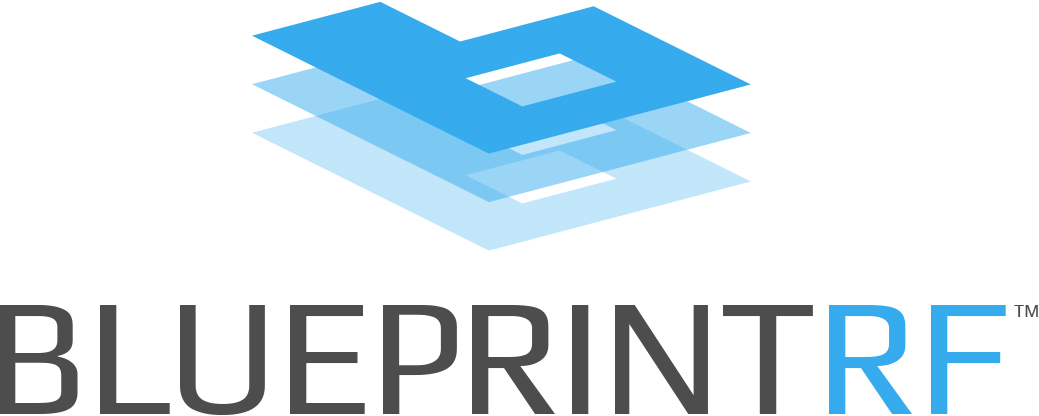Wireless networks play an essential role in most hotels. Any downtime or interruption in connection can severely disrupt both the guest experience and critical business operations. This is why maintaining the optimal performance of a hotel’s WiFi networks should be a top priority.
Aiding this effort are several key performance indicators (KPIs) that measure the stability and efficiency of various aspects surrounding hotel wireless networks.
1. Network Uptime
Uptime, which is one of the simplest and widely used KPIs, is the amount of time a wireless network is active and available for use. Conversely, downtime refers to the percentage of time that a network is inactive, which is often planned and anticipated for maintenance purposes.
Uptime is a fundamental KPI that indicates connection availability, but it doesn’t factor in any other variables like WiFi performance and function. However, for hotel WiFi networks that demand a quality and consistent connection, minimizing downtime is crucial to maximizing the guest experience.
2. WiFi Signal Strength
The signal strength for WiFi can hinge on many different factors, such as the number of devices on the network, background noise and interference, desired data rates, and the types of applications to be used. For instance, a live stream event at a hotel convention center may require higher signal strength than a barcode scanner system in a distribution center.
Signal strength is measured in decibel-milliwatts or dBm, often ranging between -20dBm (high signal strength) and -100dBm (low signal strength). Having a stronger signal delivers better wireless throughput and WiFi connectivity. Networks are often professionally installed so that the desired coverage area will always offer a signal strength that exceeds its anticipated demands.
In general, -50dBm is regarded as having excellent signal strength. For hotel WiFi networks, targeting between -60dBm and -70dBm or better is a good benchmark for sufficient signal strength.
3. Bandwidth and Throughput
Throughput refers to the amount of data able to be transferred and received during a specific period of time, otherwise known as speed. The primary metric for throughput is bits per second (bps).
Bandwidth refers to the amount of data capable of being transmitted and received during a specific time period. Simply a metric of capacity, a high bandwidth network can transfer a higher amount of data, providing greater throughput.
Like throughput, the unit of measurement for bandwidth is bits per second (bps). Bandwidth can also be measured in gigabits per second (Gbps) and megabits per second (Mbps); however, most high bandwidth networks will have 1 Gbps or more.
4. Latency
Latency is a measurement of delay. Delay is simply the time it takes for a data packet to reach its destination after being sent. Latency is measured in round trips or one-way trips, however, round-trip is more common. This is because devices queue for acknowledgment from the destination device to be returned before transferring all of the data. In short, this acknowledgment process verifies the WiFi connection to the destination device.
High levels of latency can indicate a slow and poor-performing network. The higher the network delay and latency, the more time it will take for data packets to reach the appropriate destination. Latency is often the result of transmission delays due to lagging service, a busy network with a high volume of users, and other forms of wireless interference.
5. Packet Loss
Applicable to both wired and wireless networks, packet loss is a valuable indicator of network interference, poor bandwidth, and congestion. The metric refers to a packet or packets of data being transferred from one computer to another that are unable to reach their destination. Packet loss can be used to measure the overall health of a wireless network. Still, it can be even more valuable when assessing the interaction between a specific access point and client.
Represented as a ratio of packets received at the destination over those sent by the source, acceptable packet loss differs by data type. In the case of general data transfer, a packet loss up to 3% can be considered acceptable, but in the case of VoWLAN, a packet loss rate of 1 to 2% is almost intolerable for a clear and understandable audio conversation.
Leveraging these WiFi KPIs can enable hotels to quickly detect and resolve issues faster, reducing the frequency and duration of performance bottlenecks and downtime. In turn, you can help improve end-user productivity and ultimately the bottom line.









